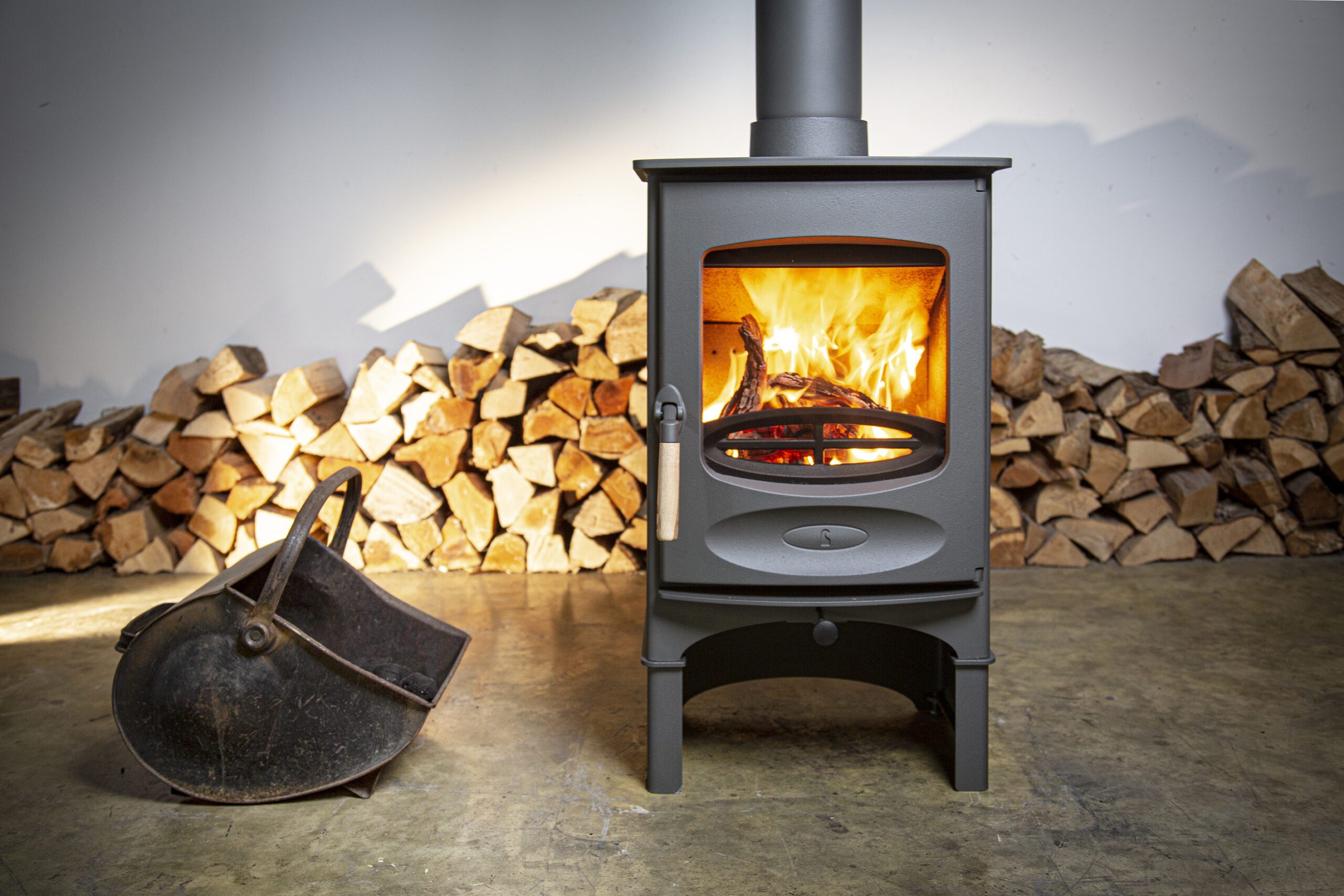When it comes to creating a warm and inviting atmosphere in your home during the colder months, a crackling fire can be just the ticket – but the success of your fire largely depends on the quality of your firewood. Burning damp or unseasoned wood not only produces less heat but also creates excessive smoke and creosote build-up in your chimney, posing a fire hazard. Therefore, it’s crucial to know how to determine if your firewood is ready to burn.
In this article, we’ll delve into the importance of dry wood, the best methods to check if your firewood is ready, and the proper techniques for storing it.
Importance of Dry Wood
Using properly seasoned firewood is paramount for efficient and safe burning. Seasoned wood, often referred to as “dry” wood, has had sufficient time to reduce its moisture content. When wood is cut, it typically contains a significant amount of water, known as its moisture content.
Burning wood with high moisture content requires a substantial amount of energy to evaporate the water before it can combust, leading to less heat produced and more smoke emitted. In contrast, dry firewood burns efficiently, generating more heat and decreasing the potential for creosote build-up.
Best Ways to Detect When Firewood is Ready to be Burned
There are several reliable methods to determine if your firewood has reached the appropriate level of seasoning:
Moisture meter
A moisture meter is a valuable tool for gauging the moisture content of your firewood. These handheld devices use metal prongs to measure the electrical resistance between them, which changes based on the wood’s moisture level. For well-seasoned firewood, the moisture content should ideally be around 20% or lower. Readings higher than this indicate that the wood requires further drying. Moisture meters are easy to use and provide a quick and accurate assessment of your firewood’s readiness.
Colour
The colour of firewood can offer clues about its readiness to burn. Seasoned firewood tends to be darker in colour, with visible cracks and splits on the ends. Unseasoned wood, on the other hand, appears lighter and smoother. As the wood dries, it develops these distinctive characteristics, making colour a simple yet effective way to assess its readiness for the fireplace.
Find out why we split firewood.
Sound
When two pieces of dry firewood are knocked together, they produce a sharp, resonant sound. In contrast, unseasoned wood creates a dull, thudding noise. By tapping two pieces of firewood together, you can listen for the distinct sound that indicates the wood is dry and ready to be burned.
Explore the best firewood to burn chart UK.
Feel
Dry firewood is notably lighter than its unseasoned counterpart as there is much less water to weigh the wood down. Pick up a piece of wood and feel its weight. If it feels significantly lighter than you’d expect, it’s a good indicator that the wood has lost much of its moisture and is suitable for burning.
How to Correctly Store Firewood
Properly storing firewood is crucial to maintaining its dryness and overall quality. By adhering to the following storage guidelines, you can preserve the quality of your firewood and ensure it’s ready to produce a warm and efficient fire when the time comes.
Elevate and cover
Store your firewood off the ground to prevent moisture from seeping in. A raised platform or pallets work well for this purpose. Cover the top of the stack with a tarp or other waterproof covering to shield it from rain and snow.
Allow air circulation
Airflow is essential for drying out firewood. Arrange the wood in a way that allows air to circulate between the pieces. This encourages further moisture evaporation.
Choose a dry location
When selecting a storage area, opt for a dry, well-ventilated spot. Avoid areas prone to high humidity, such as directly against a wall or in a basement.
Rotate the stack
If you’re storing firewood for an extended period, periodically rearrange the stack. Moving the older pieces to the front and bringing the newer pieces to the back ensures that all the wood gets air exposure and continues to dry evenly.
Explore more ways to store firewood outdoors.
Why Choose Us?
Charnwood has been committed to providing quality wood burning stoves since 1972 and we know all there is to know about wood burners, and how to get the most out of the wood you burn. If you have any questions about heating your home with a wood burning stove, please get in touch.

